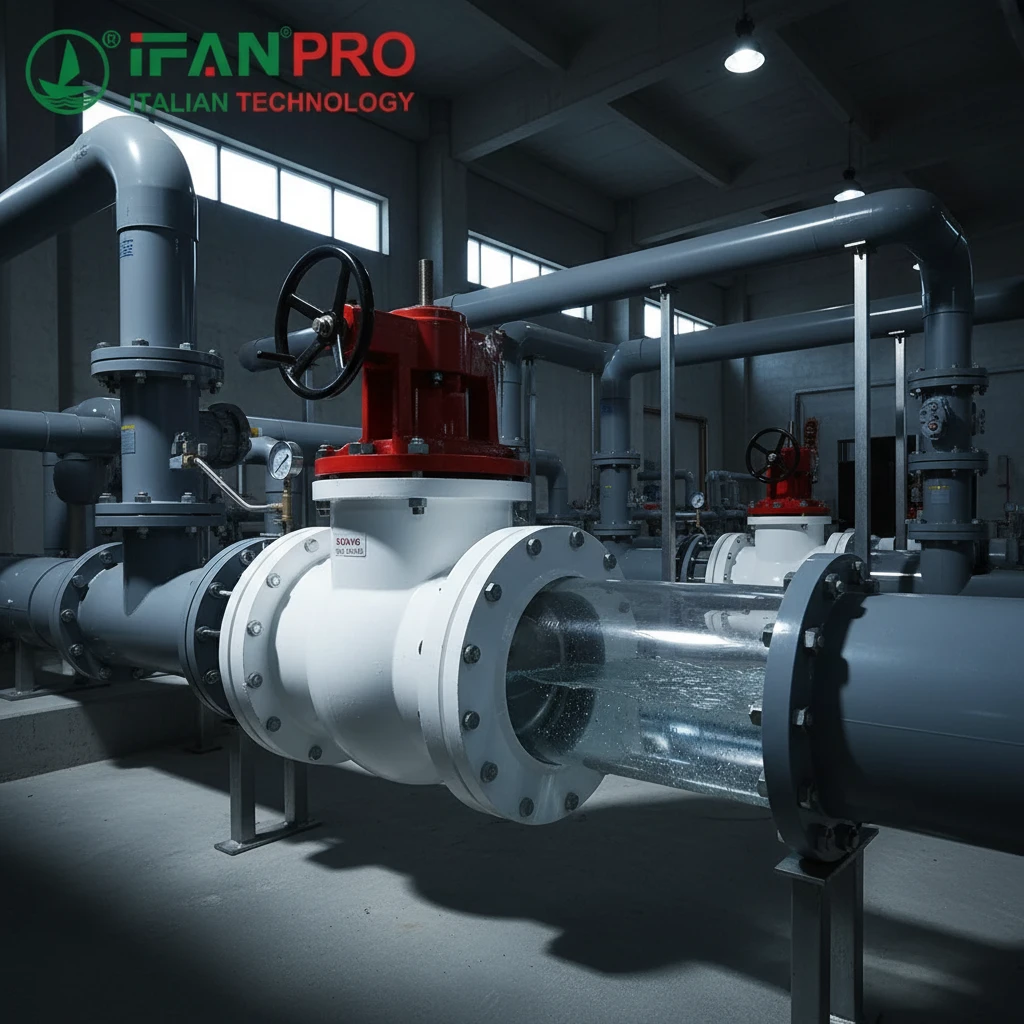Introduction to PPR Pipe Fusion Technology
PPR pipe have become essential in plumbing due to their durability, resistance to corrosion, and ease of installation. One of the key techniques used to connect PPR pipes is heat fusion. This method ensures strong, leak-proof joints and is crucial for maintaining the integrity of the plumbing system. This article explores the principles, benefits, and steps involved in PPR pipe fusion technology.
Principles of Heat Fusion
Heat fusion, also known as hot-melt welding, involves heating the ends of PPR pipes and fittings until they become soft. The softened parts are then pressed together to form a single, continuous piece. This method ensures a permanent, reliable connection without the need for adhesives or mechanical fasteners.
Heating Process
The heating process requires a specialized tool called a fusion welding machine. This machine heats the surfaces to the melting point of PPR, around 260°C (500°F). Proper heating is crucial to achieve a strong bond.
Joining Process
Once heated, the softened ends are quickly pressed together. The pressure ensures that the molten surfaces fuse correctly, creating a seamless joint. This bond becomes as strong as the rest of the pipe, ensuring durability and reliability.
Benefits of PPR Pipe Fusion
Using heat fusion for PPR pipes offers several advantages, including strength, reliability, and cost-effectiveness. These benefits make it a preferred method in various plumbing applications.
Strength and Durability
Heat fusion creates joints that are as strong as the pipe itself. The seamless bond ensures that the joint can withstand high pressure and temperature fluctuations without failing.
Leak-Proof Connections
Unlike mechanical fittings, which can loosen over time, heat fusion joints remain leak-proof throughout their lifespan. This reliability reduces maintenance costs and prevents water damage.
Cost-Effectiveness
Heat fusion requires minimal materials and tools, making it a cost-effective solution. The long-term reliability of the joints also reduces the need for frequent repairs and replacements, further saving costs.
Applications of PPR Pipe Fusion
PPR pipe fusion is used in various applications, including residential plumbing, commercial plumbing, and industrial systems. Its versatility and reliability make it suitable for many environments.
Residential Plumbing
In residential settings, PPR pipe fusion is used for hot and cold water distribution. The leak-proof nature of the joints ensures a reliable water supply throughout the home.
Commercial Plumbing
Commercial buildings, such as offices and hotels, benefit from PPR pipe fusion due to its durability and strength. The seamless joints provide a consistent water supply, reducing the risk of disruptions.
Industrial Systems
In industrial applications, PPR pipe fusion is used for transporting chemicals and other fluids. The resistance of PPR to various chemicals makes it ideal for such environments.
Steps Involved in PPR Pipe Fusion
Properly executing the heat fusion process involves several steps, including cutting, cleaning, heating, and joining. Following these steps ensures strong and reliable joints.
Cutting the Pipes
Start by cutting the PPR pipes to the required length. Use a pipe cutter to ensure clean, straight cuts. Uneven cuts can result in weak joints.
Cleaning the Surfaces
Clean the ends of the pipes and the inside of the fittings. Remove any dirt, grease, or debris. This ensures a clean fusion surface and prevents contamination.
Heating the Ends
Set the fusion welding machine to the appropriate temperature. Insert the ends of the pipes and fittings into the heating tool. Heat them until they reach the melting point.
Joining the Parts
Quickly press the heated ends together. Apply consistent pressure to ensure a strong bond. Hold the joint in place until it cools and solidifies.
Maintenance of PPR Fusion Joints
Proper maintenance of PPR fusion joints ensures their longevity and performance. Regular inspections and cleaning help identify and address potential issues.
Regular Inspections
Inspect the fusion joints periodically for signs of wear, leaks, or damage. Tighten any loose connections and replace any damaged parts to maintain the integrity of the system.
Cleaning
Clean the fusion joints regularly to prevent the buildup of dirt and debris. Use mild cleaning agents and avoid harsh chemicals that can damage the pipes.
Environmental Considerations
PPR pipe fusion supports environmental sustainability. The process is energy-efficient, and the materials are recyclable, reducing the overall environmental impact.
Energy Efficiency
The production and installation of PPR pipes require less energy compared to metal pipes. The heat fusion process itself is also energy-efficient, contributing to overall energy savings.
Recycling
PPR pipes are 100% recyclable. At the end of their service life, they can be processed into new products, reducing waste and conserving resources. Proper recycling practices minimize environmental impact.
Conclusion
PPR pipe fusion technology is a reliable and efficient method for joining PPR pipes.cThe benefits, including strength, durability, and cost-effectiveness, make it a preferred choice in various applications. Proper installation and maintenance of fusion joints ensure their optimal performance and longevity. By utilizing PPR pipe fusion, users can enhance the reliability and efficiency of their plumbing systems while supporting environmental sustainability.
Connect
IFAN is a Chinese manufacturer of plastic pipes, fittings and valves with 30 years of experience. If you are interest in IFAN copper fittings, copper valves, plastic pipes and fittings, please contact us. IFAN offers you a variety of standard pipes to meet your specific needs. Click below to learn more about IFAN’s wide range of affordable and cost-effective valve products and piping system related products.
We will reply your email or fax within 24 hours.
You can call us at any time if there is any question on our production.
For more information,pls visit our webside https://ifanpro.com/
Pls Mailto: [email protected]
Whatsapp: + 86 19857948982














Recent Comments